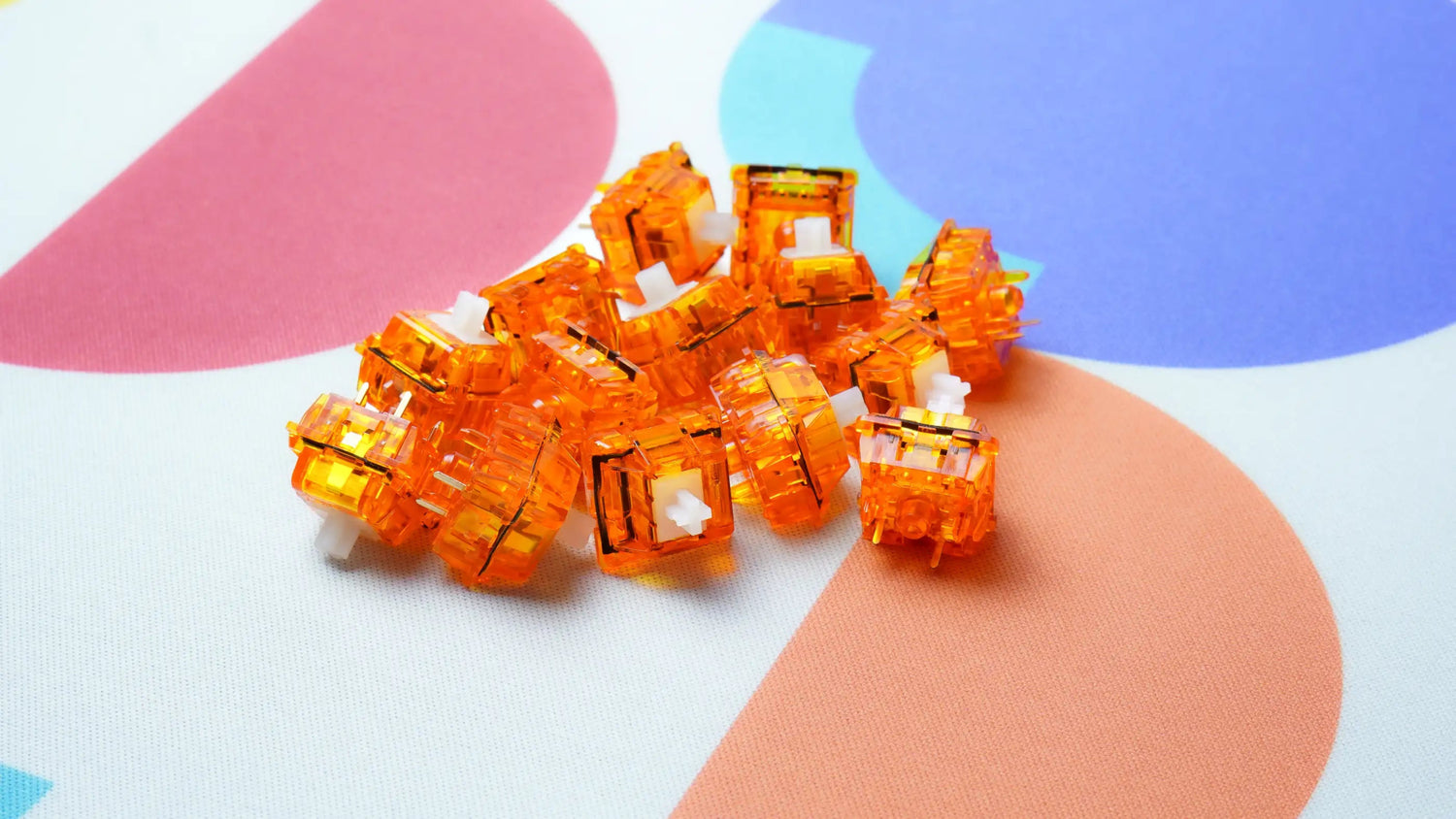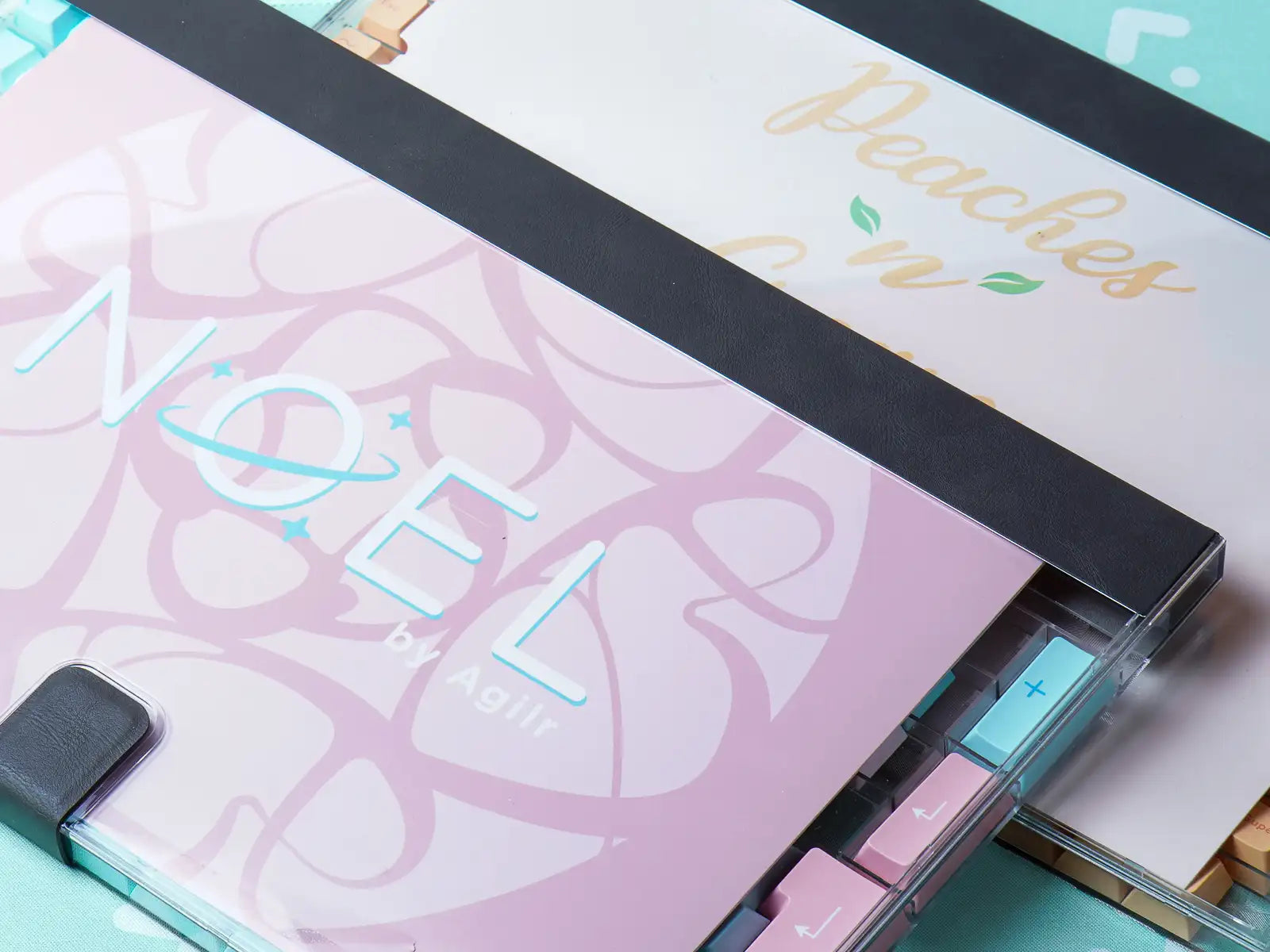Lubing switches is often seen as a rite of passage for mechanical keyboard enthusiasts. While some might shy away from the idea of spending hours meticulously applying lubricant to tiny parts, I found it to be one of the most rewarding aspects of building custom keyboard. It's a simple process that can drastically enhance the feel and sound of your switches, taking them from good to incredible. Here's why I believe it's worth the time—and why you might want to give it a try.
My First Experience Lubing Switches
My journey into mechanical keyboards began during the pandemic in 2020. With extra time on my hands, I decided to dive into this new hobby, starting with lubing switches. My first project was with Novelkeys Cream Linear Switches, which were the hype switch back then. Coming from a Redragon keyboard with MX Blues, the difference in sound and feel was night and day. That experience ignited my love for customizing keyboards, and it didn't take long before I started experimenting with other switches.
What I loved most about lubing switches was the process itself—it felt therapeutic. Sitting there with a tiny brush and lube, I had time to zone out, reflect, and enjoy some background shows. It was satisfying to see (and hear) the results of my work—a smoother feel and a richer sound.
Benefits of Lubing Switches
Lubing switches offers a perfect balance of improvements to both feel and sound:
- Feel: Stock switches, especially older models, can feel scratchy or inconsistent. Lubing eliminates that scratchiness, creating a buttery-smooth press every time.
- Sound: Without lube, some switches can sound hollow or tinny. Lubing fills out the sound, making it more solid and satisfying.
Back in the day, most switches weren't pre-lubed, so this was an essential upgrade. Even now, with factory-lubed switches from brands like HMX, Gateron, BSUN, and Durock, there's still something special about the hand-lubed feel. The texture and consistency achieved with a hand-applied lube like Krytox 205G0 for linears or Tribosys 3204 for tactiles can't always be matched by factory methods.
Why Some People Avoid It (And Why I Didn't)
I'll admit, lubing switches isn't for everyone. It can take 2-3 hours or more, depending on how many switches you're working on. For some, that's a deal-breaker—they'd rather jump straight to building the keyboard. But for me, it was part of the fun. It gave me time to unwind, focus, and enjoy the process.
I also realized there was a market for people who didn't want to do it themselves. Not long after lubing my first two board, I started offering lubing services on Reddit. It was a rewarding experience to help others get that premium switch feel without the hassle. Now, I offer hand-lubed switches and custom commissions through my store.
Tools and Techniques for Beginners
If you're thinking about trying it yourself, here's what you'll need:
- Lubricant:
- For linears: Krytox 205G0 (be cautious—it's thick and easy to overapply).
- For tactiles: Tribosys 3203 or 3204 (lighter and more forgiving for beginners).
- Brush: A thin, fine-tipped brush works best.
- Switch Opener: A must-have for disassembling switches quickly and easily.
- Optional: A lubing station to keep parts organized.
My Preferred Method of Lubing Switches:
- Apply lube to the bottom housing rails.
- Bag-lube the springs with Krytox GPL105.
- Lube the stem sides, focusing on the rails first, then the front and back faces.
- Use Krytox 205G0 for linears.
- Use Tribosys 3203 or 3204 for tactiles while avoiding the legs.
- Use any remaining lube to lightly coat the stem pole.
- Close the switch with the top housing clicking into the bottom housing.
Common Mistakes to Avoid
The biggest mistake I see beginners make is overlubing. It's tempting to use too much, but less is more when it comes to lube. A good rule of thumb: if your brush has visible white blocks of lube, you're using too much. Instead, aim for a light, glistening coat—you want the lube to be there, but not thick or goopy.
Pre-Lubed vs. Hand-Lubed Switches
Factory-lubed switches have come a long way, and many of them, like modern Gateron and Durock models, are fantastic out of the box. If you're short on time, pre-lubed switches are a great choice—and you can even buy them hand-lubed directly from us. But hand-lubing has its own charm. It's a more intimate process that allows you to truly customize your keyboard to your preferences. For me, that's what custom keyboards are all about—creating something uniquely yours.
Why You Should Try It
If you've never lubed switches before, I recommend giving it a shot. The transformation in feel and sound is undeniable, especailly if you're coming from stock consumer-grade keyboards. And if the idea of spending hours with a tiny brush still doesn't appeal to you, we've got you covered with pre-lubed options or custom services.



Leave a comment
All comments are moderated before being published.
This site is protected by hCaptcha and the hCaptcha Privacy Policy and Terms of Service apply.